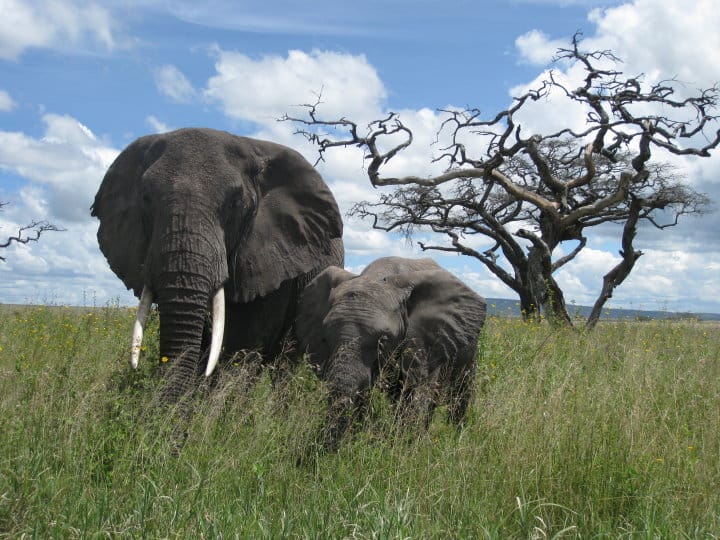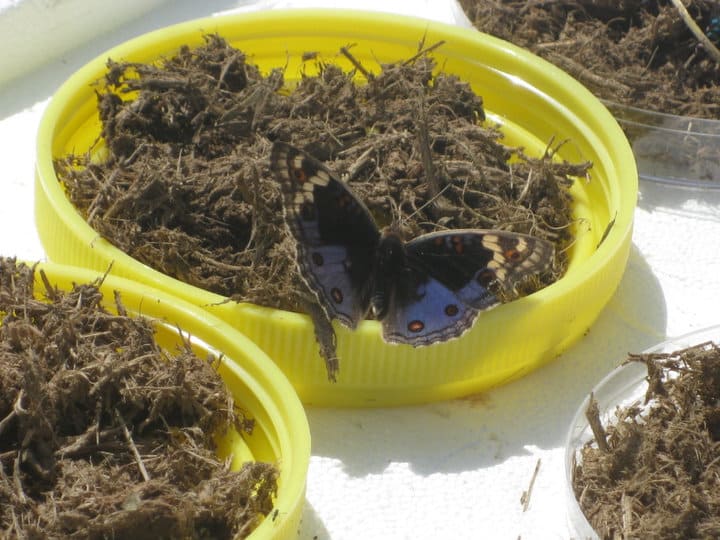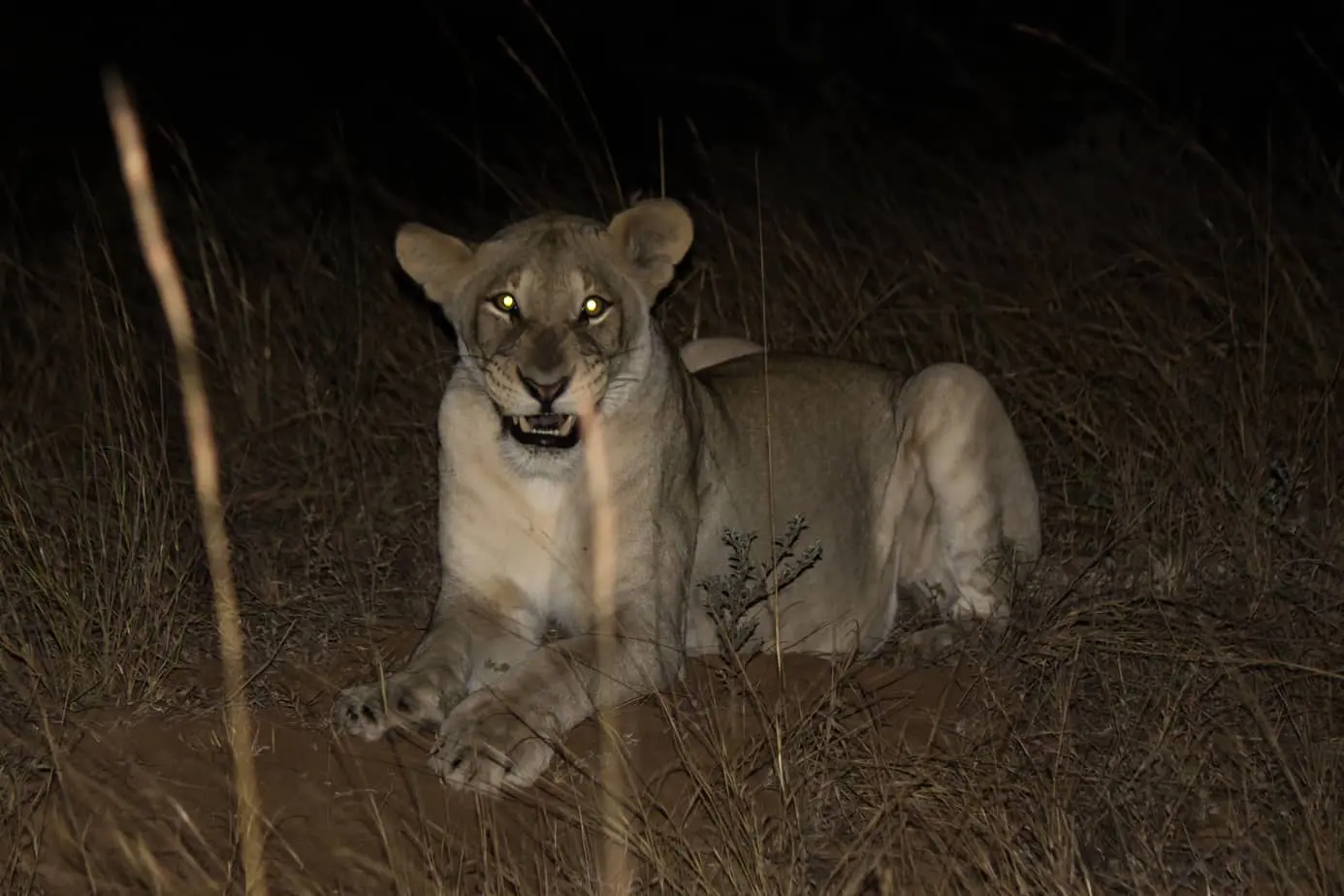
Last week I shared with you my top five photography moments, and now it’s time for me to share my top moments doing various research and conservation work. I realized last week, however, by putting all the top 5 moments in one big post it resulted in a whole lot of text. So from now on, I will present you with only one moment or subject matter at a time, and this week I will be focusing on where it all began. With poop.
If there is one thing that has been a reoccurring factor in my own research, no matter what animal I have been researching, it is the collecting of animal droppings. Getting your hands dirty comes with doing wildlife research, but some of the smells I’d rather live without. Shit stinks. However, it has played a major part in bringing me to where I am today, and it has given me a whole lot of memorable moments, a few of which I now will share with you.
Let’s go all the way back to a more insecure and frightened version of myself, to a time were Africa was a strange, unknown and dangerous place. Two fellow Norwegian students and I stood alone at the Seronera Airstrip in the middle of Serengeti National Park, somewhere northwest in Tanzania. We had just watched our main supervisor leave on a small jet and we were now, for the very first time, left to our own devices in the middle of nowhere and at least a ten-hour rough drive away from civilization. Our collective mission? To do pioneering work on the Serengeti elephants. My mission? Collect dung and extract elephant DNA. Sounds simple enough in a place where elephant dung is as common as pigeons in a city square. There was only one problem. The dung needed to be fresh. Very fresh. So fresh that we actually had to see the elephant doing its business before picking it up. Sex, age and size of the heavy-weight culprit all had to be taken into account for this project to be successful. In our white Land Rover Defender we became the elephant stalkers, sneaking up on them to steal their shit. The elephants, being as intelligent as they are, must have thought we were absolutely crazy.
No matter how sneaky we tried to be, we had a couple of drawbacks. A Land Rover Defender is neither small, nor especially quiet. If an elephant can hear thunder hundreds of kilometers away you can bet it had no problem noticing us rumbling on behind it. It was, however, a good thing that the elephants knew of our presence, as they do not like to be surprised. Which we eventually found out the hard way.

We had to dry most of the dung samples for the DNA extraction method we used. For some reason this particular species of butterfly seemed to love elephant dung.
We had been doing this dung collecting thing for almost three months and were slowly becoming experts. We had dealt with multiple scenarios, such as angry bulls, protective mothers and a loving couple that almost ran down our car in the excitement of bringing new elephants into this world. We had, up until that moment, given the elephants the respect they deserved and had miraculously avoided being charged and attacked. We thought we knew it all. Along came the nearly deaf, and possibly short sighted, elephant, which taught us a lesson we would never forget.
It was an extremely hot day sometime in June. We had driven along the Grumeti River for almost an entire day when we came across a weird group of elephants standing in the shade of a massive acacia tree. Three elephant bulls and one female. As female elephants live in large family groups and bulls tend to stick to themselves, this was an extraordinary group composition, and I have never seen anything like it neither before nor since. There were no other elephants in the vicinity either. Because of the weirdness of it all, we just had to get dung samples from this group. The elephants, however, did not want to cooperate. We had watched them do their business, and know we just had to wait for them to leave before collecting their samples. Trying to pick up the dung with the elephants still present would be suicide, so we had to be patient. It was blistering hot, and the elephants, understandably, did not feel like moving an inch. Two hours went by, and a couple of the elephants had moved off to either eat from nearby trees or to stand in the shade somewhere else, but this one old bull defiantly did not want to leave the acacia tree. In the two hours we had been there he had hardly moved a muscle. We looked at the time and realized it was getting late. We had to move soon if we were to get out of the park before the gate closed, and we were way too far from our home inside the park to get back in time before dark. We didn’t want to leave the elephant dung behind, so we made a decision. In order for us to get the samples we wanted, we had to make the old elephant move.
The driver of the car decided to rev the engine. Not the brightest thing to do, but we really wanted those samples. At first the old bull didn’t even flinch. He had acted as if he was deaf and very short sighted up until then, and I think he never actually knew we had been there the whole time (even though we had only been 20-30 meters away from him). The driver did another rev with the engine, for longer this time, and we finally had his attention. If he hadn’t realized we were there before, he definitely knew now.
Have you ever had a feeling that this might be the end? That was exactly what I felt upon seeing an almost 4 meter tall elephant, weighing at least three times as much as our car, discharging everything he had left of urine and poop in his body in share anger and frustration while walking straight at us. We all froze in our seats as we watched the massive animal walk all the way up to our vehicle. He walked in a half-circle around our car, stopping and smelling with his trunk as he slowly inspected us. Seeing his trunk reaching through the open roof of the vehicle to smell us made me feel like I was in a scene from Jurassic Park (the one with the kids and the T-Rex). The tiniest sound or movement from us, and it would have been bye-bye Norwegian students. At that exact time, as luck would have it, the other three elephants began walking away, and the old bull decided he’d much rather join them than to crush us into to dust. A group of tourists actually witnessed the entire ordeal. When the elephants were gone we had a short talk with them and asked if they could send photos if they had any. A couple of months later we got this photo in an email:
Doesn’t look very dramatic in that photo, but look at the size of that elephant! Many elephants have charged me since that day, but very few situations have been as terrifying as this one. To this day, I still do not know why he never charged us directly, but I definitely do think he didn’t have the sharpest of senses anymore and his old age might have played a part in how much energy he felt like spending on a few stupid students from Norway. One thing is for sure, we were lucky to get away from it unscathed. For a long time afterwards elephants scared the crap out of me, but in time I got to know them a lot better than I ever did during those 4 months in the Serengeti. Treat them with respect, give them the space they deserve and they will leave you alone, and remember, always let the elephant approach you first. You could be unlucky and meet a bull elephant in musth, a hormonal state of heightened testosterone levels, at which point it is best to just get the hell out of there (you can read more about musth here).
In case you’re wondering: No, we didn’t get those dung samples. We were so shaken up after the event that we decided to immediately call it a day and headed straight towards the park exit.
It feels a bit weird that we would risk our lives for a few pieces of animal defecation, but that’s the life of a researcher. Everything to get good and interesting data. By the end of the project I had around 200 dung samples in a bag with me back home to Norway. I still remember the faces of the border control inspectors when they had a look inside it. It’s just a bag of elephant shit, dear sirs. Is that ok?
You want to know the results of our research? Here is what we found out:
The Serengeti elephants are apparently now a mixed population of elephants from all over Africa (they almost got entirely wiped out by poaching in the Serengeti at the end of the 19th century), most of them coming from populations north of and northwest of Tanzania. A large proportion of them are also individuals directly linked to the Central-African forest elephant, a separate species from the savannah elephant, which is the most common species in Africa. This goes to show that hybridization between the two species does occur or has occurred some time ago.
Additionally, one of the other Norwegian students used the same dung samples to check the elephants’ stress hormone values. She found out that the Serengeti elephants know when they are outside or inside the park, even though there are no borders or fences. They consistently showed higher levels of stress when outside the park, were poaching is more frequent. This research even got its own article in the BBC! Don’t say shit isn’t good for nothing!




